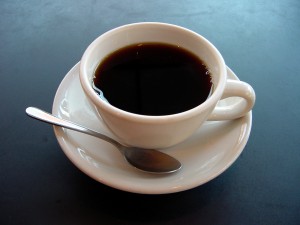Our popular culture is filled with admonitions to “Just Do It” and “Push your limits.” We hear aggressively pompous questions like “What’s your excuse?” aimed at people who don’t adhere to some sort of arbitrary exercise pattern. A lot of this is good marketing but it’s not reflective of the reality behind truly great sports performance, career longevity, creativity, and good health. We don’t hear much about the massive importance of rest.
I’m very happy to see a discussion of rest in Sports Illustrated. How extended breaks in training help elite athletes—and why you should take them too is an excerpt from a book titled Peak Performance: Elevate Your Game, Avoid Burnout, and Thrive with the New Science of Success by Steve Magness and Brad Stulberg. They offer the example of 42-year-old Bernard Legat the multiple Olympic medalist and world champion runner:
But here’s the thing: If we never take “easy” periods, we are never able to go full throttle and the “hard” periods end up being not that hard at all. We get stuck in a gray zone, never really stressing ourselves but never really resting either. This vicious cycle is often referred to by a much less vicious name—“going through the motions”—but it’s a huge problem nonetheless. That’s because few people grow when they are going through the motions. In order to give it our all, and do so over a long time horizon without burning out, we’ve got to be more like Bernard Lagat: Every now and then, we’ve got to take it really easy. In addition to his year-end break, Lagat also takes an off-day at the end of every hard training week. On his off-days, Lagat doesn’t even think about running. Instead, he engages only in activities that relax and restore both his body and mind such as massage, light stretching, watching his favorite TV shows, drinking wine, and playing with his kids.
Every hard-exercising, hard-working person should read this and take this advice to heart. This doesn’t just pertain to high-end elite athletes. In fact, the article does a very good job discussing how the need for regular and at times extended rest periods applies to everyone in any field of work. Learn it. Know it. Live it.

